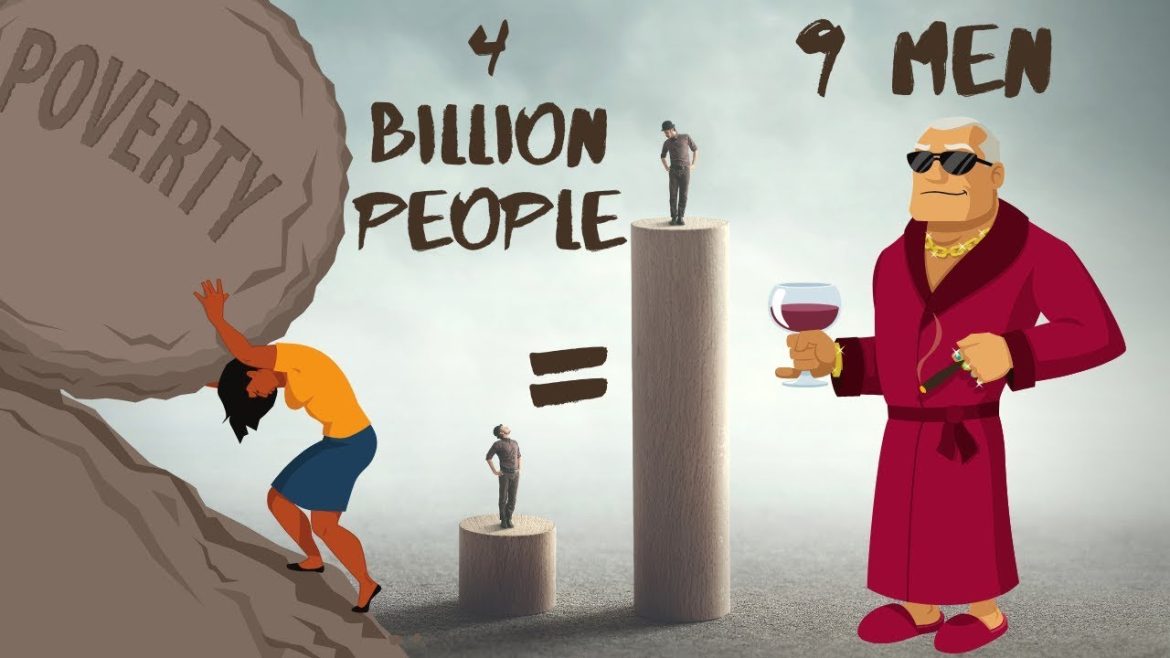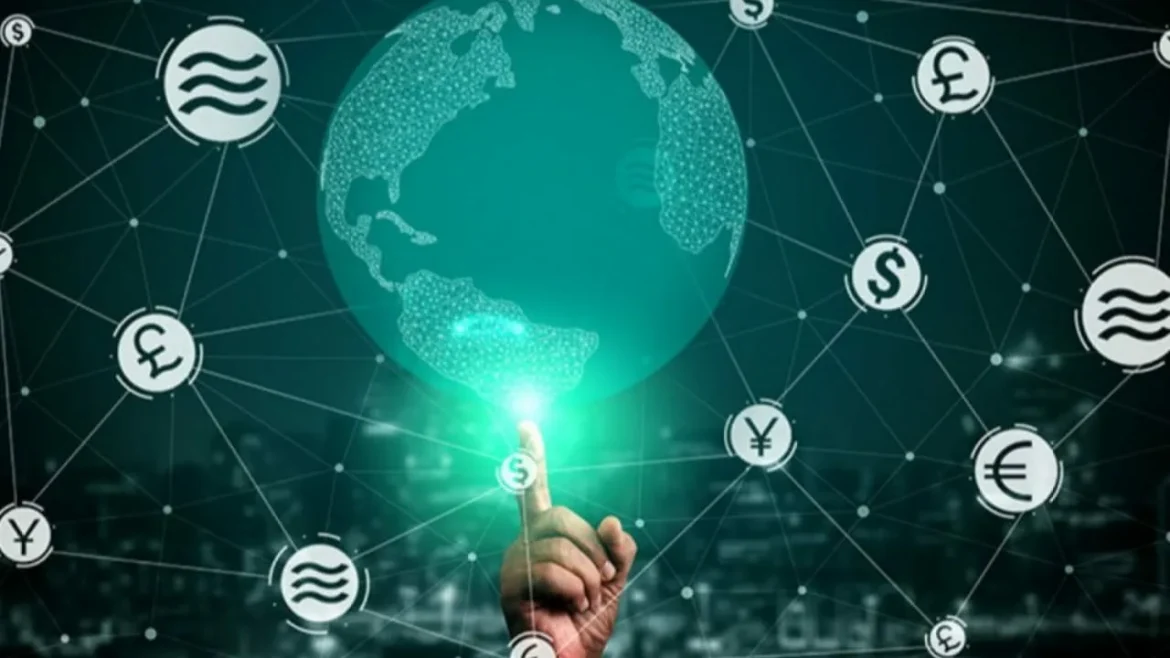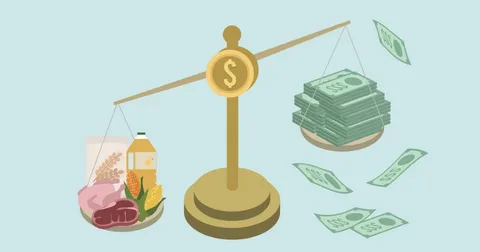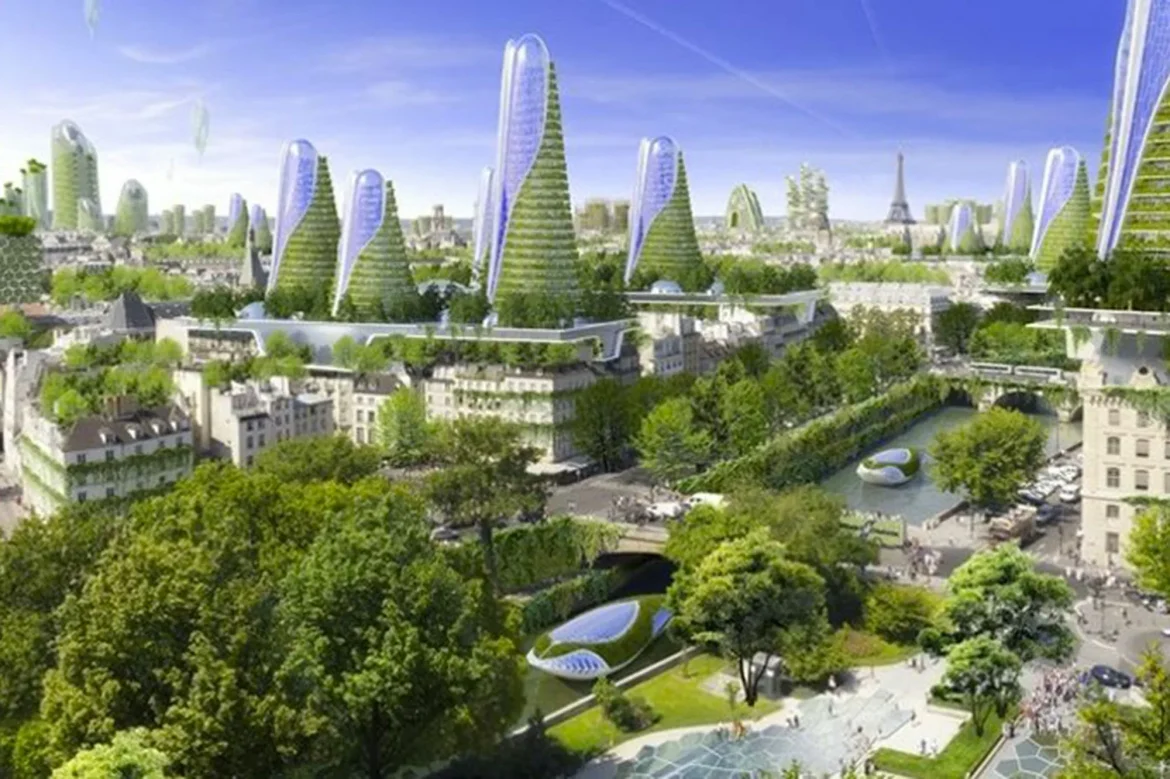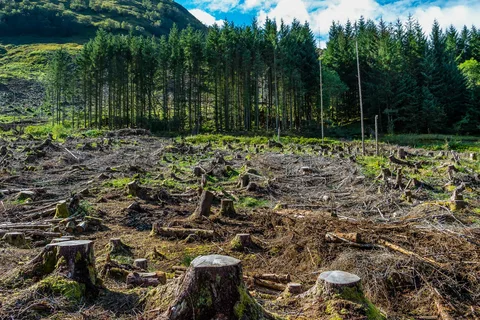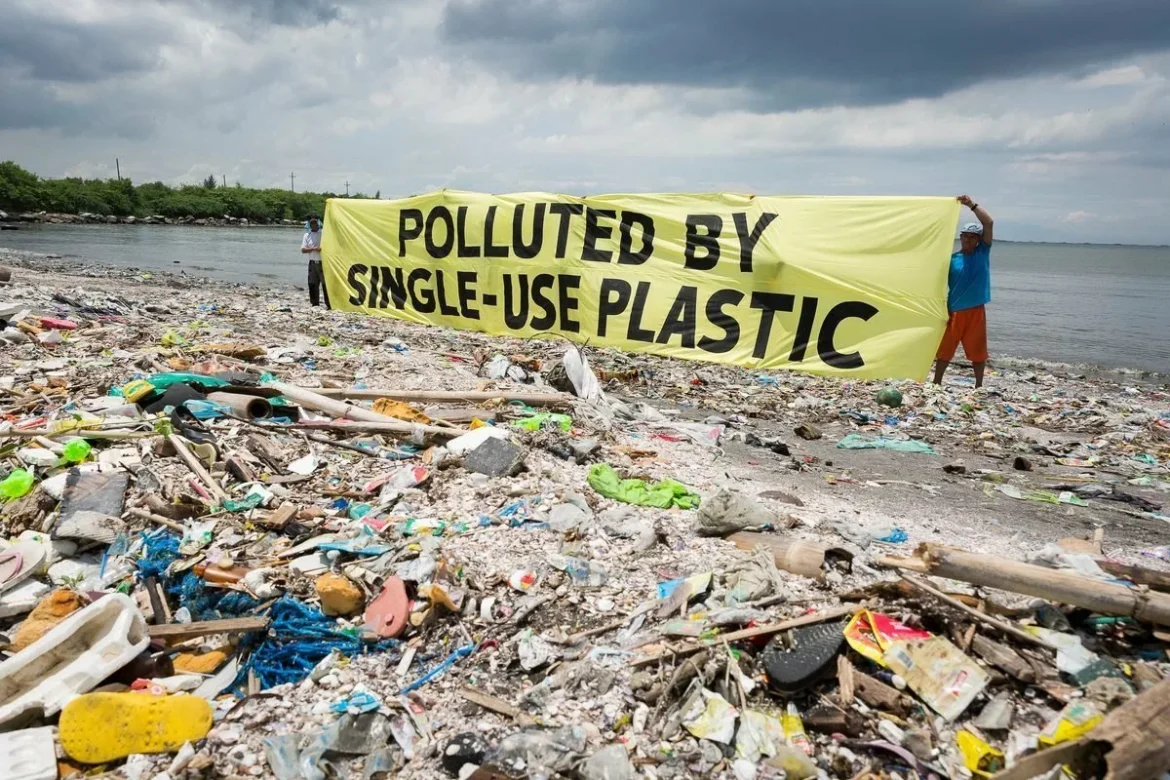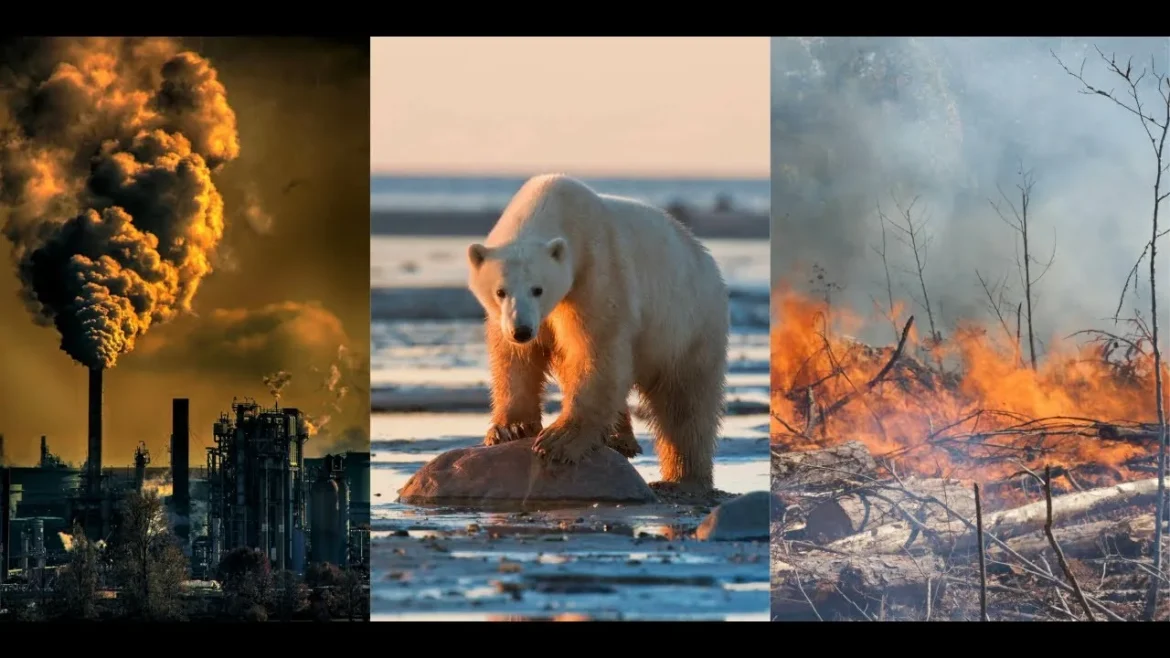A home is more than four walls and a roof — it’s a psychological sanctuary. The way a home feels can influence our mood, habits, relationships, and even physical health. A well-designed space fosters relaxation, focus, and connection, while a chaotic or uncomfortable home may increase anxiety, fatigue, or even conflict.
Environmental psychology studies how our surroundings impact behavior. Color schemes, lighting, textures, scents, and layout all affect how we feel. Soft lighting and warm tones encourage calmness; clutter-free spaces reduce mental load. Natural light and plants have been shown to boost mood and productivity. Even sound — whether it’s gentle music or the hum of a fan — can influence how safe and relaxed we feel at home.


